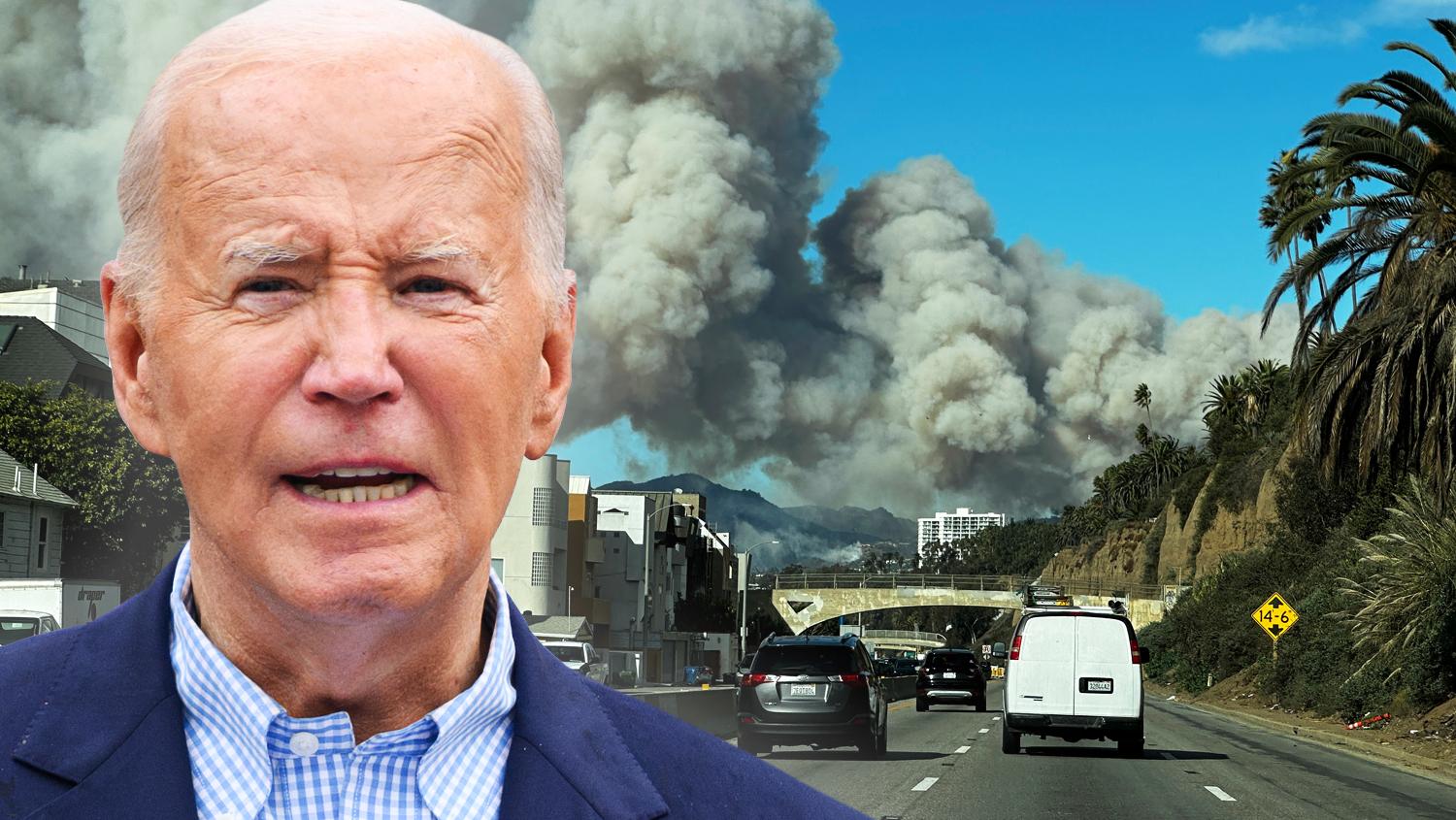In the scorching landscape of California wildfires, two presidential approaches emerged like diverging smoke plumes—one methodical, the other mercurial. As flames licked the edges of communities and tested leadership resolve, Presidents Biden and Trump revealed starkly different responses, transforming natural disaster into a nuanced political tableau. Their contrasting strategies, communication styles, and emergency management philosophies turned wildfire response into a compelling narrative of presidential character and crisis management. As wildfires ravaged Southern California’s landscape, two presidential responses painted starkly different portraits of leadership and climate crisis management. President Biden’s approach stood in sharp contrast to his predecessor’s handling of natural disasters, revealing fundamental differences in administrative philosophy and emergency response strategies.
When flames engulfed Lahaina and surrounding regions, Biden’s immediate action prioritized federal support and rapid resource deployment. His administration quickly mobilized FEMA teams, authorized emergency declarations, and personally engaged with local authorities. The President’s climate change acknowledgment framed these fires not as isolated incidents but as part of a broader environmental challenge requiring systemic intervention.
Trump’s previous wildfire responses, particularly during California’s devastating 2018-2020 fire seasons, presented a markedly different narrative. His communications often blamed state management, threatened funding withdrawals, and characterized wildfires primarily as a state-level problem rather than a national emergency requiring comprehensive federal support.
Biden’s approach demonstrated a nuanced understanding of climate-related disasters. He connected wildfire intensity to long-term environmental shifts, emphasizing proactive infrastructure investments and supporting community resilience. His administrative framework treated these events as interconnected challenges demanding coordinated federal, state, and local responses.
The presidential contrast extended beyond immediate emergency management. Biden’s infrastructure legislation included significant allocations for forest management, wildfire prevention, and climate adaptation strategies. This represented a fundamental shift from Trump’s more reactive, politically charged disaster responses.
Funding patterns also highlighted the administrative divergence. Biden’s budgetary priorities included substantial investments in forest restoration, indigenous land management techniques, and technological innovations for early fire detection. These strategic investments signaled a comprehensive approach to mitigating wildfire risks.
Local California officials noted the substantial difference in federal engagement. Biden’s team collaborated closely with state representatives, tribal leadership, and environmental experts, creating a more holistic emergency response framework.
The wildfires became a symbolic battleground illustrating deeper philosophical differences between the two administrations. Biden’s approach emphasized scientific understanding, collaborative problem-solving, and long-term systemic thinking. Trump’s methodology tended to prioritize immediate political narratives and state-level accountability.
These contrasting leadership styles revealed more than just disaster management strategies. They reflected fundamentally different perspectives on governance, environmental responsibility, and the federal government’s role in addressing complex national challenges.
As climate-related emergencies become increasingly frequent, these presidential approaches offer critical insights into how leadership can shape national resilience and adaptation strategies.





